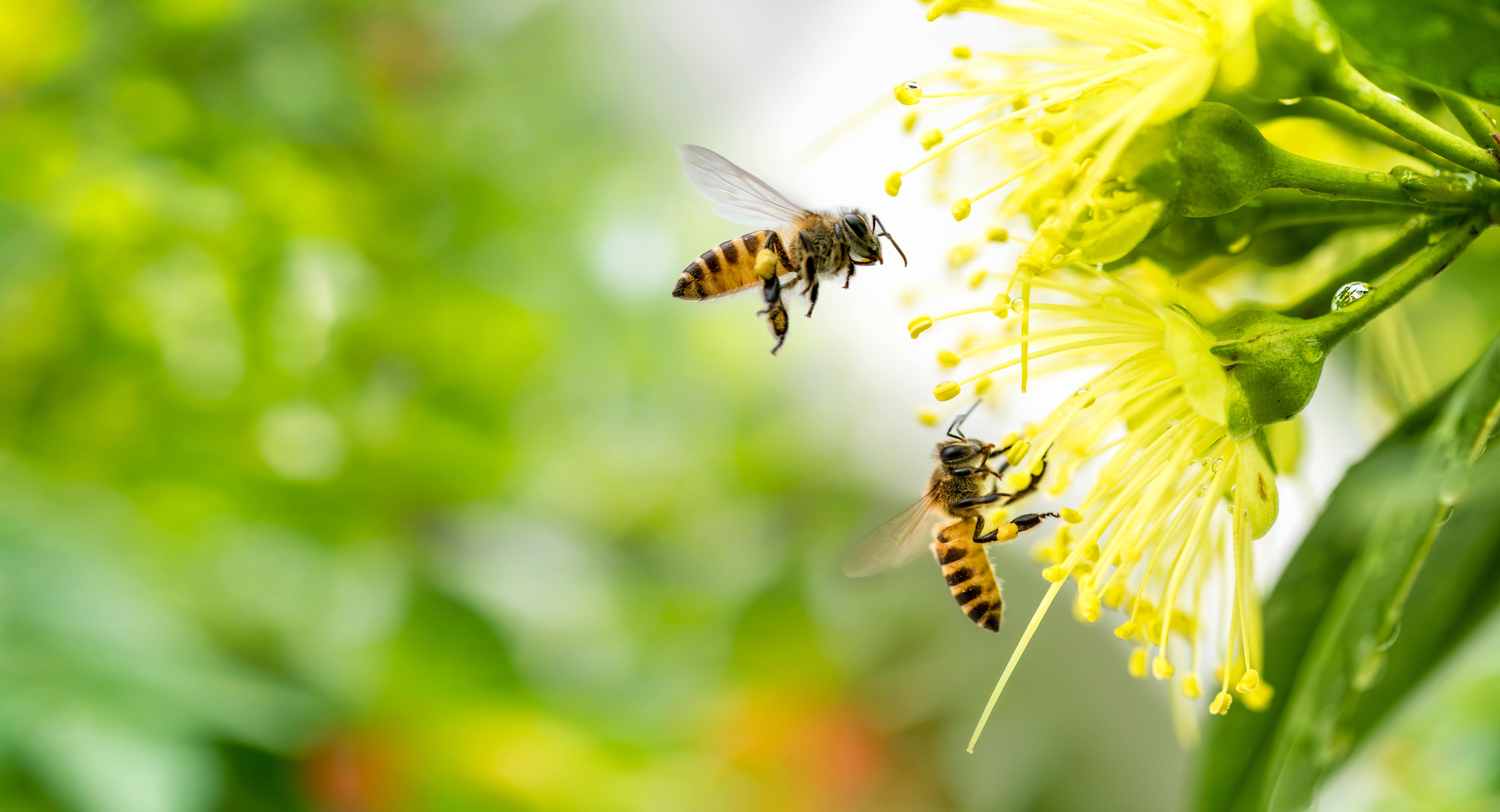Home / Blog / Ticks / Ticks in Ohio: What You Need to Know
Ticks in Ohio: What You Need to Know
Get upto $350 Off

Scientifically reviewed by Daniel Baldwin, BCE, CCFS, CP-FS
-Published on June 5, 2023
-Updated on July 12, 2023
With diagnoses of tick-borne illnesses on the rise in the state, knowing about ticks in Ohio is essential in helping protect yourself, your family, and your pests. In this post, we’ll introduce the most common tick species in Ohio and discuss what you can do to reduce the risk of bites.
Are there ticks in Ohio?
Ticks are a common problem throughout Ohio, but the specific types of species vary from region to region. Their sizes, shapes, and colors differ by type. Ticks are parasites that feed on the blood of humans and warm-blooded mammals, including wildlife and domestic animals like cats and dogs.
When is tick season in Ohio?
Ticks are most commonly active when temperatures rise above and remain consistently above 40°F. In Ohio, tick season usually begins in April and continues through September. However, ticks can bite at other times of the year when present.
What eats ticks in Ohio?
While they rely on humans and mammals for food, ticks also serve as prey for other animals and insects. Spiders, ants, and birds are the most common predators of ticks in Ohio and the rest of the U.S.
Types of ticks in Ohio
There are five tick species of concern in Ohio. Here’s more about each one.
American Dog Tick
The American Dog Tick (Dermacentor variabilis) is the most widespread type of tick in Wisconsin. It’s found throughout the state in forests and grassy areas. The species has a flat, oval-shaped body that is brown.
Females have a lighter shield shape behind their heads, while males have mottled gray and silver markings. These ticks rarely carry diseases, but they do have the potential to spread illnesses like tularemia and Rocky Mountain spotted fever.

Black-legged Tick
Also called the Wood Tick or Deer Tick, the Black-legged Tick (Ixodes scapularis) is an emerging species of tick in northern Ohio, the western border of the state, and several central and eastern counties. Deer Ticks in Ohio can spread Lyme disease, the most common tick-borne illness diagnosed in the state.
Females are easy to spot with their brown bodies and black shield markings behind their heads. Males are usually predominantly blackish-brown, with a faint light outline along the edges of their bodies.

Lone Star Tick
Lone Star Ticks (Amblyomma americanum) are only occasionally found in Ohio’s woodlands and grassy areas. They can carry ehrlichiosis, Rocky Mountain spotted fever, and tularemia, so they are still a cause for concern. Females have a single silver-white spot in the middle of their light brown bodies. Males display a darker, upside-down U-shaped pattern.

Woodchuck Tick
The Woodchuck Tick (Ixodes cookei) is found throughout Ohio near the homes of woodchucks and skunks. They’re more likely to bite pets than people. However, they can cause Powassan encephalitis in humans.
Woodchuck Ticks are similar in size and shape to a sesame seed. They have light brown bodies with a slightly darker brown patch behind their heads.
Brown Dog Tick
The brown dog tick (Rhipecephalus sanguineus) is occasionally found in Ohio. Unlike other tick species, it can thrive indoors and has been known to cause infestations in kennels and animal shelters. The ticks have brown, oval-shaped bodies. However, when they feed, they become engorged and take on a rounder shape and either a gray-blue or olive-green color.
Bites in humans are uncommon but still pose a risk for Rocky Mountain spotted fever. The ticks also carry diseases that can make pets ill, like canine babesiosis and canine ehrlichiosis.

How to prevent ticks
To reduce the risk of tick infestations and bites, follow these tips.
Avoid overgrown areas
You’re most likely to encounter ticks in heavily wooded areas and places with tall, thick grass. Avoid these areas and stick to well-worn trails when exploring the outdoors to reduce the risk of bites.
Maintain your lawn
To deter ticks from your property, mow your lawn regularly. Also, trim trees and shrubbery on a regular basis.
Cover up
When you spend time outdoors, cover as much of your skin as possible. Wear long sleeves and full-length pants as well as socks. Upon returning indoors, take off your clothes and search them for ticks. Then, check yourself from head to toe for the pests.
Check your pets
If your pets go outside, look for ticks when they come indoors during the tick season. Ask your veterinarian about tick prevention solutions to help keep your dog or cat free of pests.
Use insect repellent
Applying an insect repellent product registered with the U.S. Environmental Protection Agency (EPA) can reduce your risk of bites. The EPA has a search tool to help you find products that are effective against ticks.
Hire a professional pest control company
Treatments performed by a professional pest control company can help control ticks on your property. Knowledgeable pest control technicians can also spot risk factors for tick infestations in your yard and around your home so you can address them.
Tick control services
Hawx Pest Control can help you address tick problems on your property. Our licensed pest control technicians can identify where ticks are most likely present and create a treatment plan tailored to your specific needs. We use state-of-the-art tools and technologies to address tick infestations and offer maintenance services to help reduce the risk of ticks returning in the future. We also offer tick prevention services to help keep ticks at bay so you can enjoy your yard during the warmer months. Contact us today for a free estimate.
Related Articles
Visit our blog to learn more.
→













